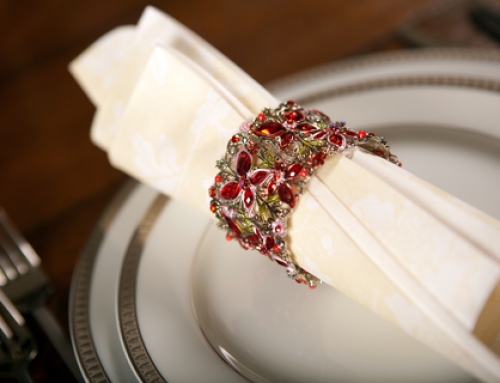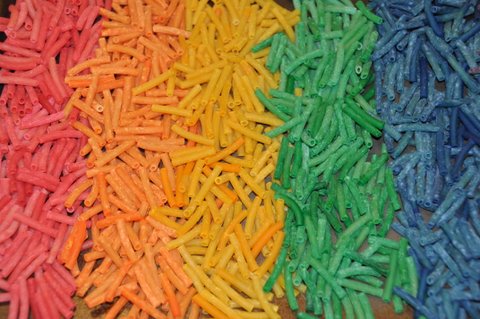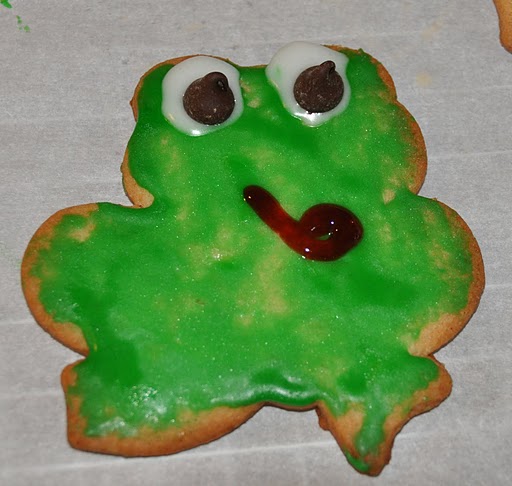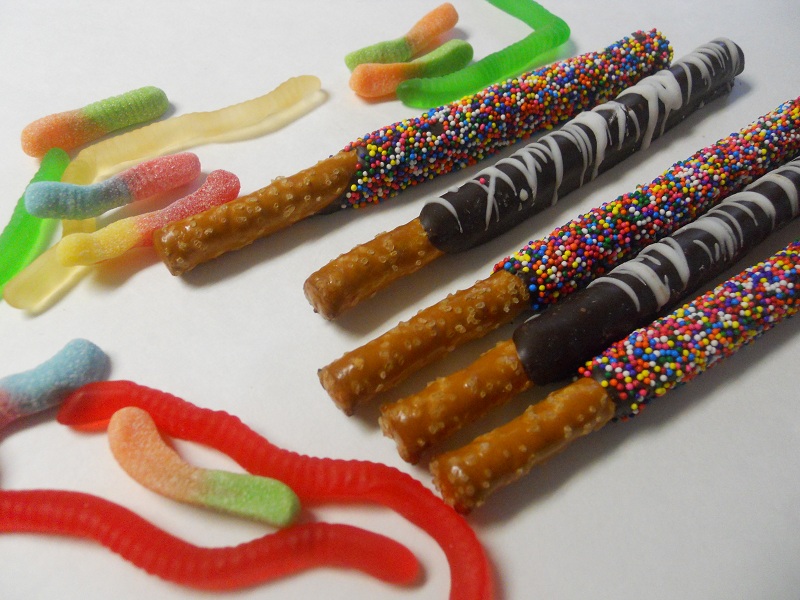Got a little bit of extra time? ChallahCrumbs is taking your family to Sunday school. This week we’re talking about why we celebrate a New Year’s for Trees.
Learn
Set up a mini-study session with our three sources and the guided questions.
Traditional Holiday Song:
The almond tree is blooming/ and the golden sun is shining,/ birds atop each roof/ brush (bless) the arrival of the festival.
Tu B’Shvat has arrived/ (it’s) the festival of trees./ Tu B’Shvat has arrived/ (it’s) the festival of trees.
According to this song, what is the holiday of Tu B’Shvat celebrating?
Ummm… It’s still January! Spring seems a very far way off. Why are we celebrating this now?
Mishna Rosh Hashana 1:1
There are four New Years: … on the first of Shevat the New Year for the tree, according to Bet Shammai. Bet Hillel say, on the fifteenth thereof.
Rabbi Pinchas Kehati comments on this Mishna: “The Talmud explains that the New Year for the tree was established in Shevat because most of the rains have already fallen, and the resin has come up in the trees, and as a result the fruits begin to form now.”
Why was Tu b’Shevat chosen as the new year of the trees?
Deuteronomy 20:19
When you besiege a city a long time, in making war against it to take it, thou should not destroy the trees thereof by wielding an axe against them; for you may eat of them, but you shouldn’t cut them down; for is the tree of the field man, that it should be besieged of thee?
How are people like trees? We don’t look anything like trees! What do you think this verse means?
People have a new year and trees have a new year: What do you think these ‘new years’ have in common?
Discuss.
Read Shel Silverstein’s, The Giving Tree. Discuss the role this tree played in the life of the young boy as he grows.
Create.
A herb garden! All you need is a sunny spot and a few containers of soil to get you started! Culinary Herbs are an excellent choice for windowsills and are easy to grow with your kids!
Materials:
Small terracotta pots
Markers or paints
Seeds or baby herb plants like: basil, coriander, chives, parsley, sage, dill or fennel
A south- or west-facing windowsill is ideal
Soil (that needs to be kept moist)
Directions:
Decorate your terracotta pots with paint or markers.
Label your pots with the name of the herb.
Choose a saucer to catch excess water.
Add soil.
Add the baby herb plants.
Water when the soil feels dry to the touch.
Put into a bright warm space.
Snip off a few leaves to add to your dinner!








Leave A Comment